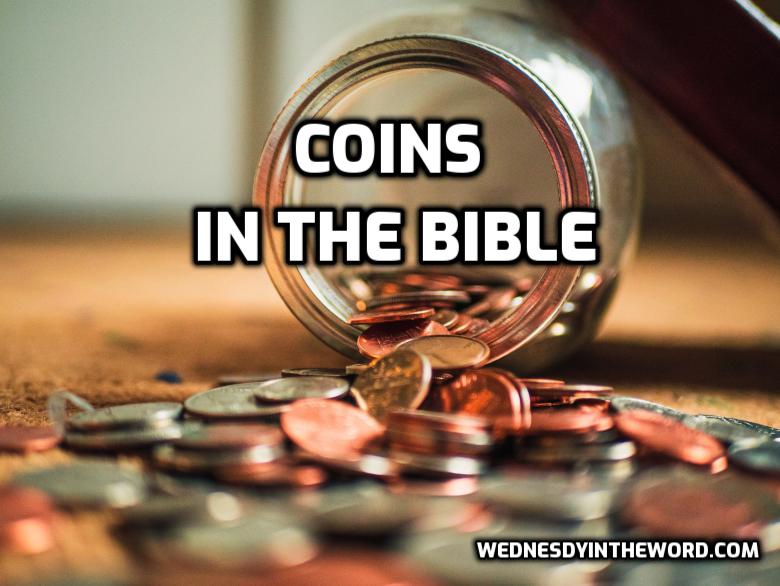What’s the difference between a shekel, a denarius, and a talent? They were all coins circulating at the time of the New Testament. But one was Jewish, one Greek, and one Roman. Here’s what they were worth in relation to each other.
Old Testament
Coinage seems to have been introduced in the 7thCentury BC. Before that, metals and goods were exchanged. Gold, silver and copper were weighed and the quality checked. Some of the names for weights were adopted as the names for coins. Early coins were simply pieces of metal pressed with a seal. They seldom weighed more than 1 shekel in gold or silver.
Prices varied with supply and demand. They had no inflation because 1 shekel of gold continued to weigh 1 shekel of gold. (This partially explains the laws against charging interest.)
- 1 shekel weighs approximately 11.4 grams
- 50 shekels = 1 mina (approx. 500 grams)
- 60 minas = 1 talent (approx. 30 kg)
New Testament
Three sources of money circulated in Palestine in New Testament times:
- Roman: the official, imperial money
- Greek: provincial money, minted at Antioch and Tyre
- Jewish: local Jewish coins, possibly minted at Caesarea.
- Coins were made in gold, silver, copper or bronze.
- Bronze were the lowest value.
- Silver the most common.
- The Roman denarius was a day’s wage for the ordinary worker.
Coin Equivalents
| Jewish | Greek | Roman |
| 2 leptons | 1 quadrans | |
| 4 quadrans; 1 as | ||
| 1 drachma | 16 as; 1 denarius | |
| 2 drachma; 1 didrachma | 2 denarii | |
| 1 shekel | 1 stater (or tetradrachma) | 4 denarii |
| 25 drachmai | 1 aureus | |
| 30 shekels | 1 mina | 100 denarii |
| 1 talent; 60 minas | 240 aurei |
adapted from Eerdman’s Handbook of the Bible
Photo by Josh Appel on Unsplash

